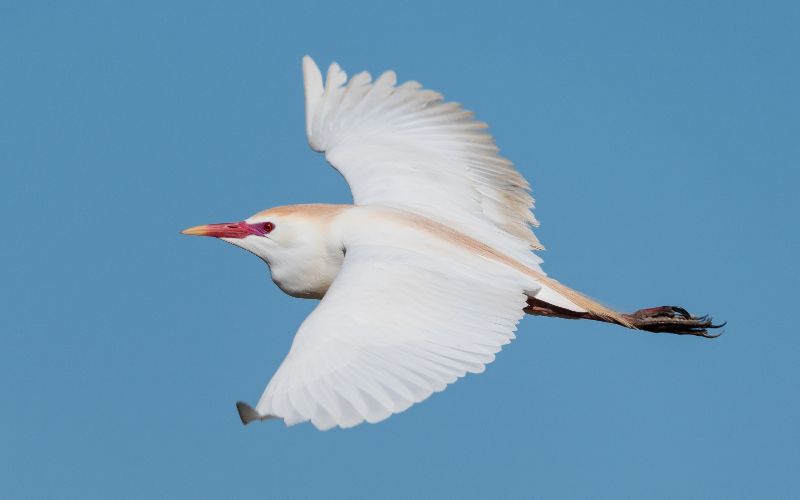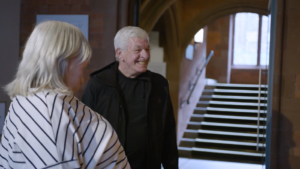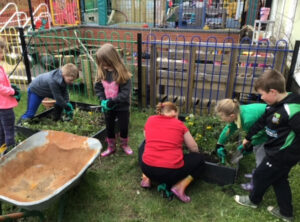Europe’s breeding birds get long-overdue stocktake

During the fieldwork period 2013–2017 EBBA2 recorded 539 native bird species breeding in Europe, 59 of which are mainly concentrated in Europe (near-endemics) and 40 are species that can be found only in Europe (endemic). There are few species as widespread as White Wagtail or Common Cuckoo, which were recorded in over 85% of all 50-km squares surveyed in EBBA2. More than 50% of the species occurred in less than 10% of all surveyed squares, so that all countries and regions have their own specific responsibility towards this common wealth.
EBBA2 data show that 57 non-native species breed in Europe, i.e. one in ten of European breeding bird species has been introduced from elsewhere; 39 of these species were documented for the first time in the last three decades.
Marked changes were observed in the European avifauna in the last 30 years. According to EBBA2 analyses, 35% of all native species increased the area where they breed, among them Cattle Egret, Citrine Wagtail or Mediterranean Gull. On the other hand, 25% of species have shown a decrease in area, e.g. Ruff, Great Bustard, European Roller or Ortolan Bunting, the species shown on the book cover. Furthermore, the breeding ranges of European birds have shifted northwards by an average of 28 km (ca 1 km per year).
As many species shift their ranges northwards, species richness of forest birds is increasing, probably also as a result of land abandonment resulting in forest regrowth. Many other aspects are treated in the book. For instance, specialists of montane grasslands and tundra, mires and moorland are losing ground in substantial parts of their ranges.
EBBA2 presents a new baseline on the European avifauna, with an unprecedented geographical coverage from the Azores to the Ural Mountains. EBBA2 is also one of the biggest-ever citizen science projects focusing on mapping biodiversity. In total, around 120,000 fieldworkers contributed data to the atlas, the great majority of them on a voluntary basis.
Verena Keller from the Swiss Ornithological Institute, EBCC board member, EBBA2 project manager and the lead author of the book comments: “EBBA2 was only possible thanks to the EBCC network of organisations and individuals from all corners in Europe, all dedicated to a common goal, cooperating across all borders and barriers.”
Mark Eaton, EBCC chair, looks into the future: “This incredible new book, and the database that underpins it, will serve to enable further research and support conservation of birds and other biodiversity across Europe for decades to come.”
David Noble, previously EBBA2 Steering Committee and Principal Ecologist – Monitoring at British Trust for Ornithology (BTO), said, “Information from the UK during the period 2013 to 2017 came from a wide range of sources including BirdTrack and other international online recording schemes, the BTO/JNCC/RSPB Breeding Bird Survey (BBS), the Waterways Breeding Bird Survey, the RSPB reserve network, and a volunteer gap-filling exercise in 2017. Because good evidence of breeding is so crucial to defining species breeding distributions, some of the most important data sets include the BTO’s Ringing Scheme, even more obviously the Nest Records Scheme and for rarer species the Rare Breeding Birds Panel. Overall, almost a million records collated between 2013 and 2017 fed into this, making great use of data collected by volunteers for other purposes.”
Dawn Balmer, National Coordinator for the UK, BTO says “Having just completed our own amazing Bird Atlas 2007-11 project, we were challenged to start data collection again for this hugely important European Atlas. We were fortunate to be able to use data from our annual monitoring schemes and our wonderful volunteers across the UK rose to the challenge to undertake fieldwork in places where there were gaps in information. It was important the UK delivered the most up-to-date information we could, and we would like to thank all the volunteers that contributed records”
The project would not have been possible without dedicated fieldworkers, national coordinators, experts contributing to analyses and presentation of the data, donors and other supporters.




